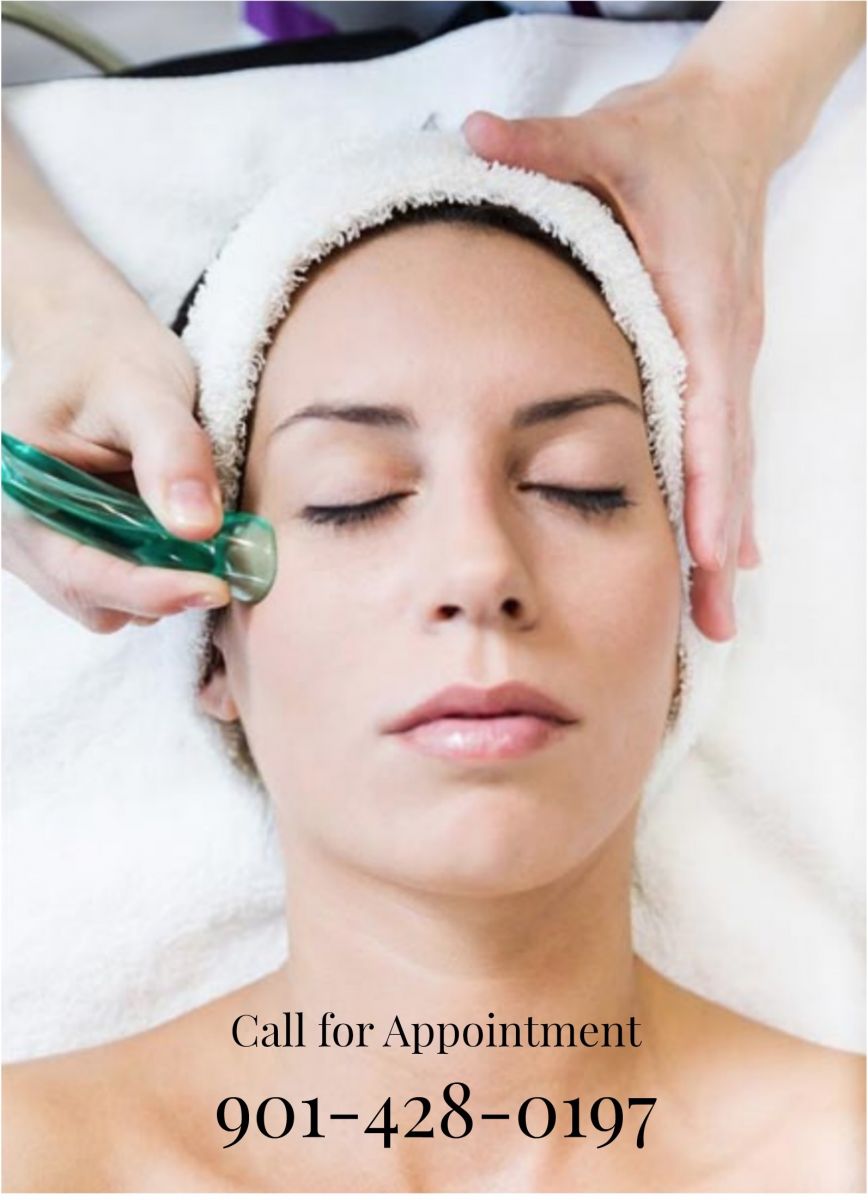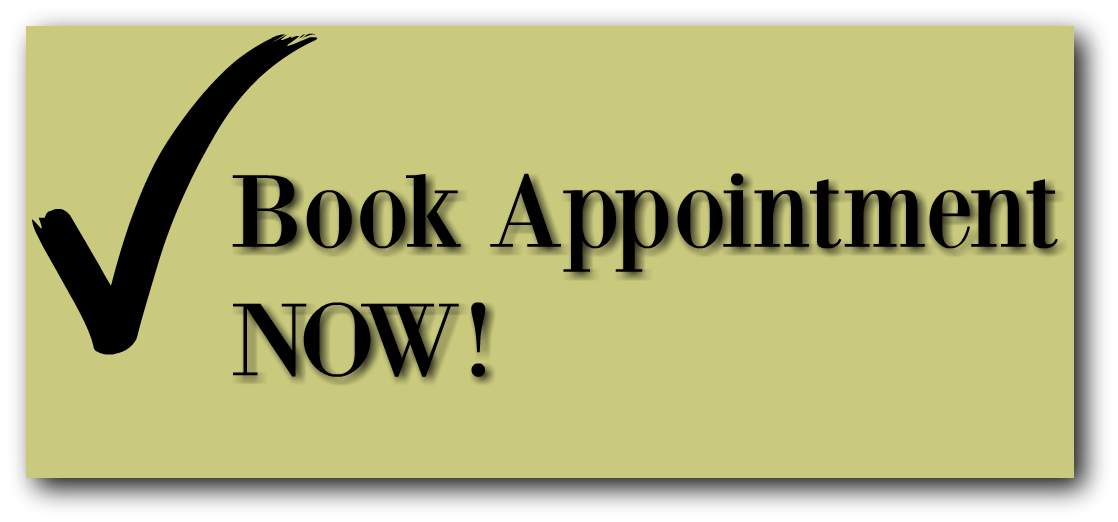Manual Lymph Drainage Massage (MLD)
Based on the hypothesis that it will encourage the natural drainage of the lymphatic fluid, which carries waste products away fro the tissues and back toward the heard. MLD is helpful with swelling following surgical procedures, lymphedema care, skin tone improvement and immune system support. We use the Vodder technique, which is a light, rhythmic touch.
Massage Cupping is a modified version of the common practice of cupping therapy, used in Traditional Chinese Medicine (TCM), and the results that this simple treatment produces are impressive.

Through suction and negative pressure, massage cupping releases rigid soft tissue; drains excess fluids and toxins; loosens adhesions and lifts connective tissue; and brings blood flow to stagnant skin and muscles. You usually will feel a tight sensation in the area of the cup. Often, this sensation is relaxing and soothing. Depending on your comfort and your practitioner's assessment of the problem, cups may be moved around or left in place. They may remain on your body briefly or for longer amounts of time. Each treatment is unique to you on that particular day. One very common area to be cupped is the back, although cups work well on other areas, too — particularly on fleshy sections of the body. Clients respond to the experience with positive feedback, often reporting that the treatment stayed with them longer than most sessions and was cumulative in its effects. Cupping is also effective as a skin treatment for the face and neck, bringing oxygen, blood flow and hydration to the area it is effective to lift and smooth the skin. The gentle face and neck treatment will not leave cup marks. At The Lindsey Group we use massage cupping techniques consistent with Anita Shannon's Ace Massage Cupping workshops. Post workout muscle recovery session is $55 for 30 minutes. Available only with Valerie Lindsey, LMT, CMCP, Experience the results..... Book it!
Facial Cupping Lift and Drainage:

Small cups designed for the contours of the face are used in a very gentle cupping technique. The treatment will not leave cup marks and lasts about 30 minutes. There are many benefits to facial cupping. The following list contains the benefits related to aging skin:
1. Increase oxygen-rich blood circulation, strengthen skin & connective tissues.
2. Stimulate fibroblast cells responsible for collagen and elasticity production
3. Visibly reduce fine lines and deeper wrinkles
4. Tone chin, jawline, neck & décolletage
5. Increase depth & efficacy of your skincare products
6. Reduce scars, excess oil & pore size
7. Improve product absorption & nutrient delivery to skin
Facial cupping relaxes facial muscle tension & tightness as well as reduces overall stress. Considering the many benefits, it is no wonder that more and more people are using this safe, non-invasive, and inexpensive therapy to renew and rejuvenate their skin.
Therapeutic Relaxation Massage: Swedish and therapeutic techniques will be used. The term "Swedish Massage" refers to a variety of techniques specifically designed to relax muscles by applying pressure to them against deeper muscles and bones, and rubbing in the same direction as the flow of blood returning to the heart. This form of massage was created at the turn of the century by Henry Peter Ling in Sweden. It involves the use of kneading, stroking, friction, tapping, and vibration and may provide relief from stiffness, numbness, pain, constipation, and other health problems. The main purpose of Swedish massage is to increase the oxygen flow in the blood and release toxins from the muscles. Other possible benefits include stimulation of circulation, an increase in muscle tone, and a balance of the musculo-skeletal systems. Swedish massage shortens recovery time from muscular strain by flushing the tissues of lactic acid, uric acid, and other metabolic wastes. It increases circulation without increasing heart load.
The usual sequence in which a Swedish massage strokes are conducted are Effleurage, Petrissage, Friction, Vibration, Percussion, and finally passive and active movements (bending and stretching).
Acupressure: Acupressure is based on the same points and meridians as in acupuncture. In acupressure, however, these areas are stimulated with finger and thumb pressure and massage, rather than with needles. Acupressure is noninvasive, simple, and usually one session lasts about an hour. Acupressure is focused on different pressure points on the surface of the body which may relate to the persisting symptom.
Acupressure relives stress and tension, relaxes the mind and body, increases blood circulation, aids in removal of toxic wastes, provides relief from such aches in the head, neck, or shoulders, aids in healing of injuries, increases energy levels, increases overall feeling of well being, and decreases labor pains. Acupressure is a technique often incorporated into a Swedish, Sports or Deep Tissue massage session.
Muscle Release TechniqueSM is a unique injury therapy that combines compression, extension, movement, and breath to give the therapist a tool to provide, in many cases, relief from pain in one treatment. With the Muscle Release TechniqueSM scar tissue is broken up, the muscle is lengthened, muscle memory is restored and relief from pain starts immediately. Available with Valerie Lindsey, LMT and may be incorporated into any massage session.
Myofascial Release: Myofascial Release is a form of bodywork that is manipulative in nature and seeks to rebalance the body by releasing tension in the fascia. Long, stretching strokes are utilized to release muscular tension. Myofascial Release is a manual therapy technique that is utilized to help relieve pain and tension that is due to injury or stress. It involves releasing and unwinding the fascia (connective tissue) that surrounds each muscle and interconnects all of the other internal parts of the body. This tissue layer, which connects every muscle, tendon, ligament, bone, and organ in our bodies, can store memories of physical trauma. Releasing these restrictions allows us to discharge recurring emotional as well as physical pain. Available with Shawn Coopwood, LMT
Prenatal Massage: Prenatal Massage (after 1st trimester) focuses on the mother-to-be as she goes through the changes due to pregnancy. This is not a replacement for medical care, but rather as an adjunct to aid in the health and rapid recovery of the mother. Certified therapists will focus treatment on the concerns of each trimester. After the mother has given birth, treatment will assist in restoring the body back to its normal condition. Prenatal massage may also help reduce and/or eliminate excess water retention. Prenatal massage is fast growing in the United States and around the entire globes as it has attracted the interest of labor and delivery nurses, nurse-midwives, childbirth educators and obstetricians. Massage therapy enhances the function of muscles and joints, improves circulation and general body tone, and relieves mental and physical fatigue.
Reflexology: Reflexology is based on the principle that reflex points, supportive of balance and wellness for all systems of the body, can be accessed and stimulated through specific techniques applied to the feet and hands. Reflexology is a natural alternative therapy that, through the nervous system connections in the feet and hands, the brain can be alerted to imbalances in areas of the body that need attention. Desired long-term effects of reflexology include reduced stress and induced relaxation, feeling of increased energy, relief from acute and chronic conditions, relief from stress-related conditions, improved sleep disorders, sports injury treatment, preventative therapy, improvement of mental alertness, stimulation of creativity and productivity, and improving inner-relationships between body systems. The Lindsey Group currently has a certified reflexologist on board.
Sports Massage: Sports massage focuses on muscles relevant to the event. For athletes who train continuously, the goal is to enhance endurance, lessen the chance of injury and shorten the time needed to recover from an event.Sports Massage may utilize a variety of techniques such as classical Swedish Massage, trigger point therapy, and hydrotherapy. Prior to an athletic event, Sports Massage may be used with stretching in order to help athletes to loosen, warm and prepare their muscles so that their performance and endurance might be enhanced. Following an athletic event, Sports Massage may be used to relieve pain, prevent stiffness, and return the muscles back to their normal state. Sports Massage may also be used for injury rehabilitation.
Trigger Point Therapy: Trigger point therapy is also known as Myotherapy or Neuromuscular Therapy and applies concentrated finger pressure to "trigger points" (painful irritated areas in muscles) to break cycles of spasm and pain. It appears that most muscular pains have a trigger point that causes the muscle to go into spasms. Trigger Point Therapy involves placing pressure on that trigger point so that the muscle can relax and the pain can be lessened. Pressure is generally applied with fingers, knuckles, and elbows. This form of therapy is often followed by stretching the muscles. The basic idea is that the trigger point which is the source of the pain is not always where the patient feels the pain. The trigger point could be several inches away from the place where they feel the discomfort or pain. IT is said that by applying pressure to the actual point of the source the practitioner in turn may be able to control the pain experienced.




